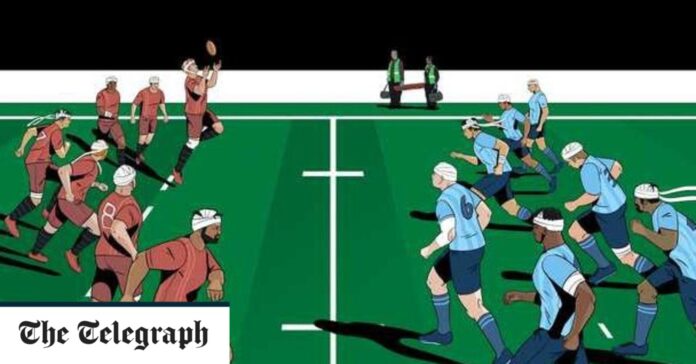After decades of denial, rugby is facing up to its concussion problem – but brain injuries continue to be mismanaged. What needs to be done?
British Lions v Australia, 6 July 2013. The look on his face was not one I’d seen up close before. His eyes were open yet blank; he looked completely vacant. ‘You OK, mate?’ I asked. ‘Err, yeah, I think so,’ came the unconvincing reply.
Barely two hours earlier George Smith, one of the most celebrated Australian rugby union players in history, had suffered an injury all too familiar to those of us who worked in the sport, but shocking to anyone outside its bubble. Four minutes into a match watched by millions, Smith had carried the ball into a tackle, only to suffer a brain injury of such significance that, had it occurred in any other walk of life, an ambulance would have been called.
But the professional rugby field is unlike any other walk of life. Brain injuries, or concussions as they’re labelled, had become such routine occurrences, many chose to shrug or laugh them off as, ‘having my bell rung’ or a ‘head knock’.
After several minutes, Smith was helped off by medics, his left leg trailing alarmingly behind him. ‘I’d be very surprised if George Smith comes back on the field,’ said one commentator. Another agreed: ‘He is going to be a very sore man tomorrow.’


